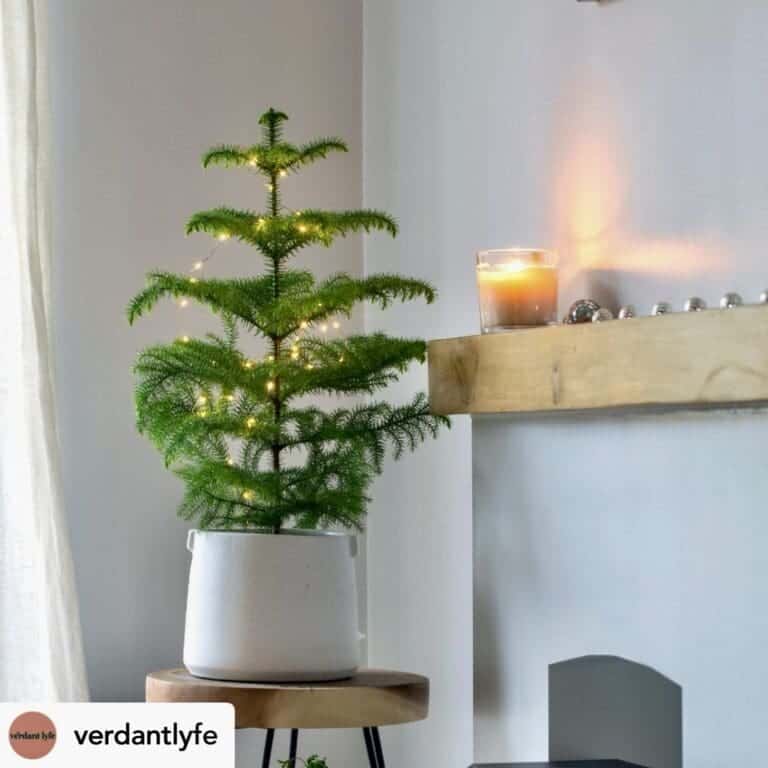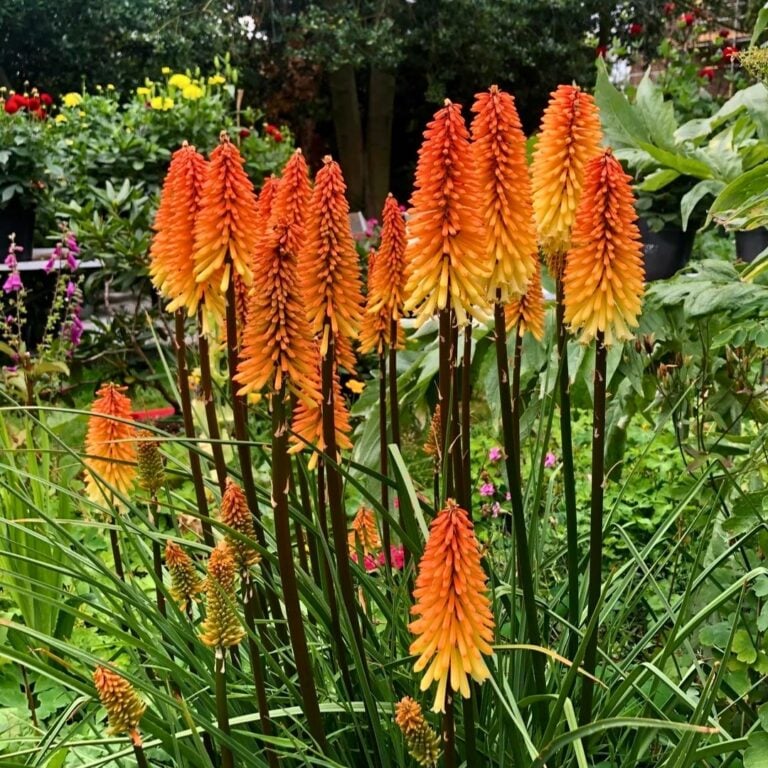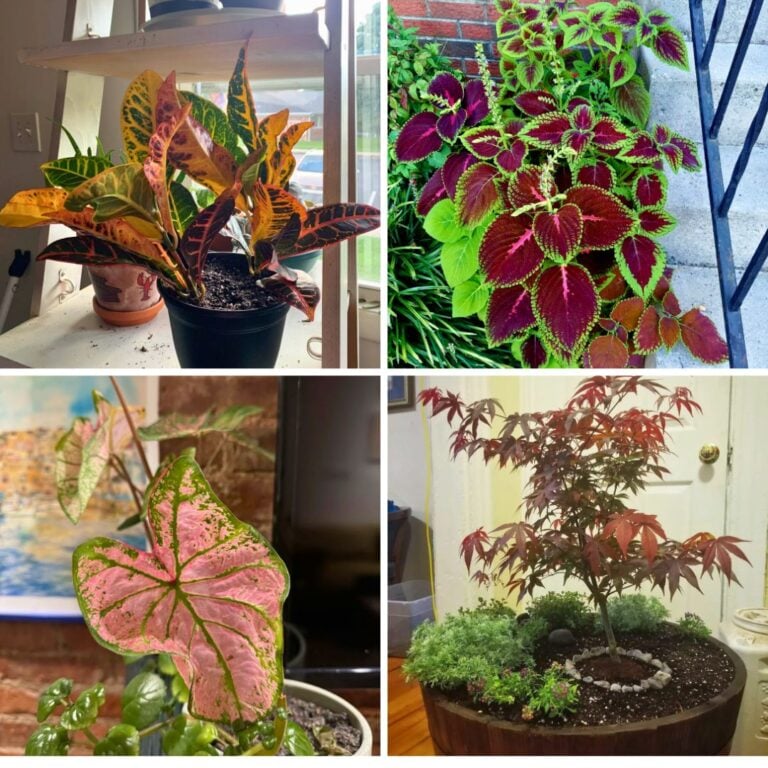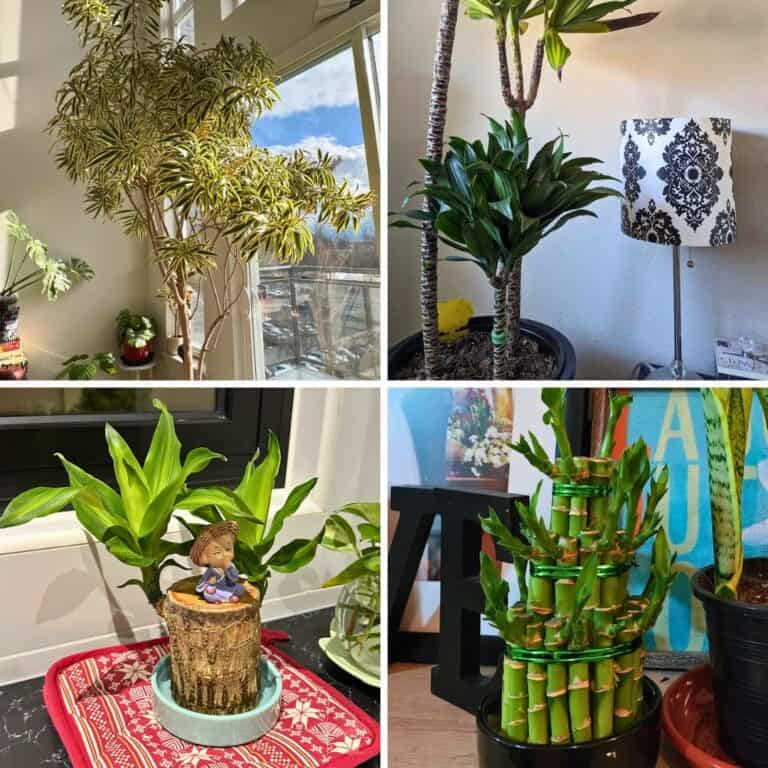8 Best Houseplants to Pair With Fairy Lights
I’m always on the lookout for simple ways to make my home feel warm and inviting. One trick I keep coming back to is mixing plants with soft lighting.
The right combo can turn a plain corner into a cozy spot, whether it’s day or night. Pairing houseplants with fairy lights just brings this calming, beautiful vibe that makes everything feel a bit more relaxing.
Whenever I add greenery and gentle light together, the whole space feels more alive and balanced. It’s such an easy way to decorate without spending a ton or making big changes.
Here are some of my favorite plants that look amazing with fairy lights—and a few tips for getting the most out of this pairing.
Please note: Simplify Plants is reader-supported. As an Amazon Associate, I earn from qualifying purchases made by our readers with no extra cost added to you all! Some links in the post are affiliate links and I get a commission from purchases made through links in the post.
1) String of Pearls (Senecio rowleyanus)
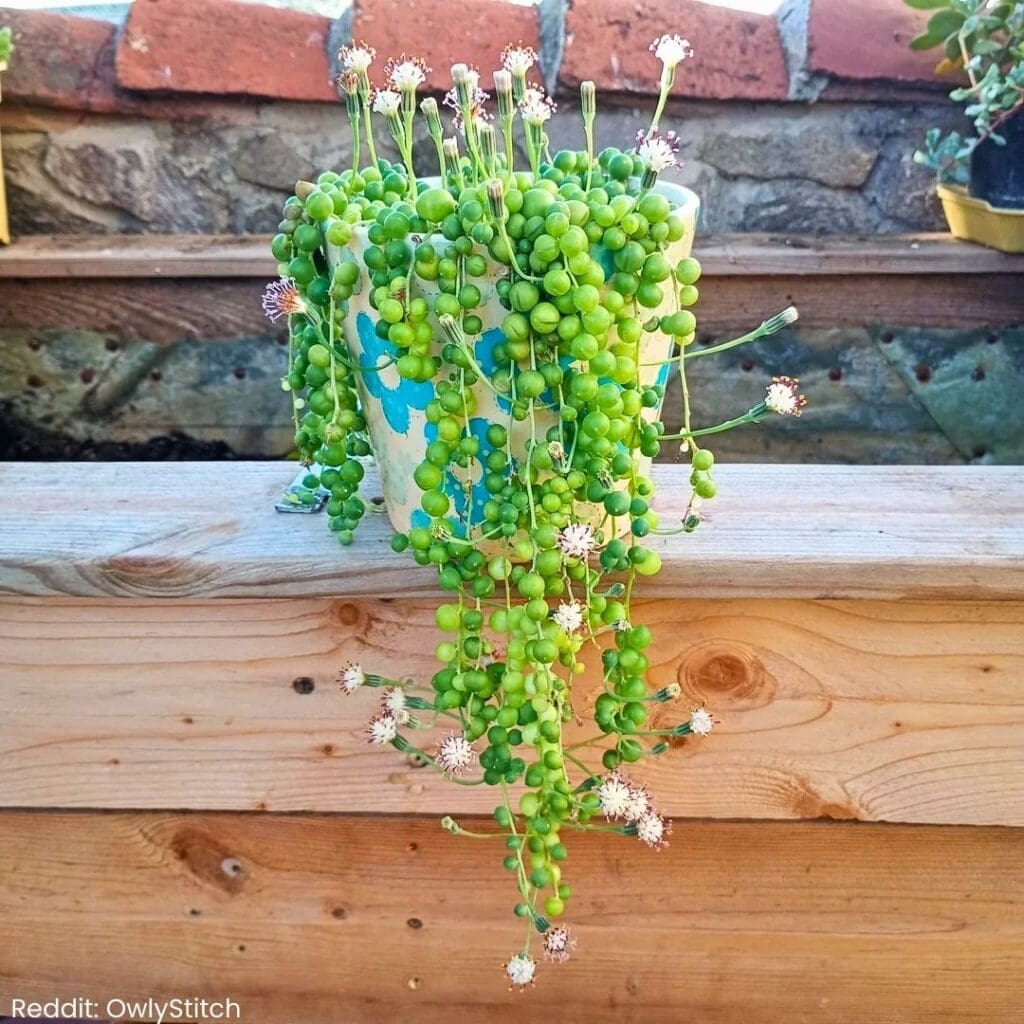
I can’t get enough of the String of Pearls plant, especially when it’s trailing down from a shelf or hanging basket. Those round, bead-like leaves already look cool, but fairy lights make them pop even more.
When I wind tiny lights around the vines, the pearls catch the glow and give off this soft, cozy effect. The lights highlight all that texture without taking over.
This plant really likes bright, indirect light and soil that drains well. I let the soil dry out between waterings so the roots don’t get soggy.
Since the vines are pretty delicate, I always wrap fairy lights loosely and try not to tug on the stems. Thin wire lights are my go-to—they’re light and easy to shape.
Honestly, String of Pearls is one of the easiest plants to style with fairy lights. It looks great on a bookshelf, near a window, or hanging in a corner where the glow can really spread.
2) Pothos (Epipremnum aureum)
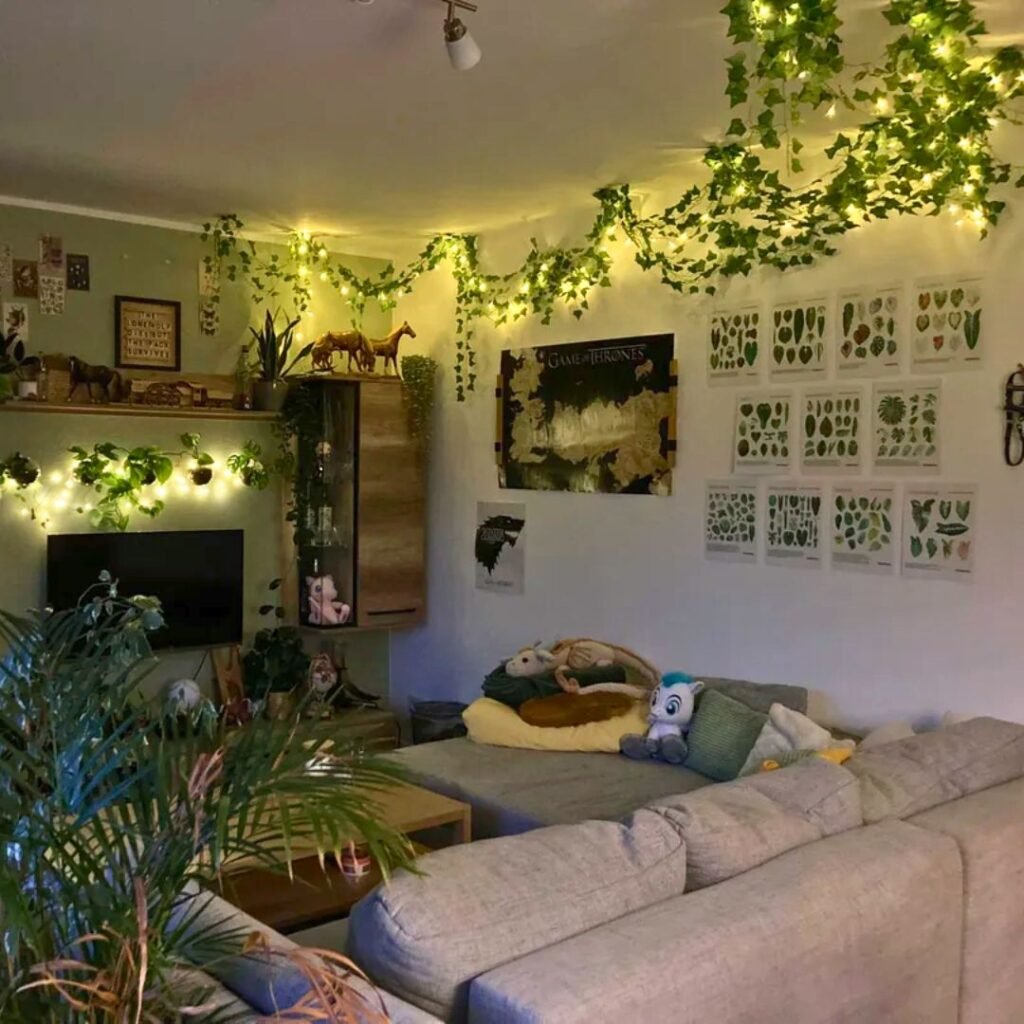
Pothos is a classic for me. It grows these long trailing vines that pair perfectly with fairy lights.
The heart-shaped leaves come in all sorts of greens, yellows, and whites, adding a soft, natural touch that works so well with warm lighting. Pothos is super easy to care for.
I just water it when the soil feels dry, and it can handle low light, so it’s great for spots where other plants might struggle. When I wrap fairy lights around the vines, the leaves just glow.
I like to drape mine over a shelf or let it hang from a pot so the lights weave through the stems. Plus, Pothos grows fast.
I can trim the vines and root the cuttings in water for new plants, which means more chances to decorate with both plants and lights. Pothos works well indoors since it doesn’t need direct sunlight.
I keep mine near a window with filtered light, and it’s happy. The lights don’t seem to bother it as long as they don’t get too hot.
It’s honestly such an easy way to bring greenery and light together. Low effort, big payoff.
3) Spider Plant (Chlorophytum comosum)
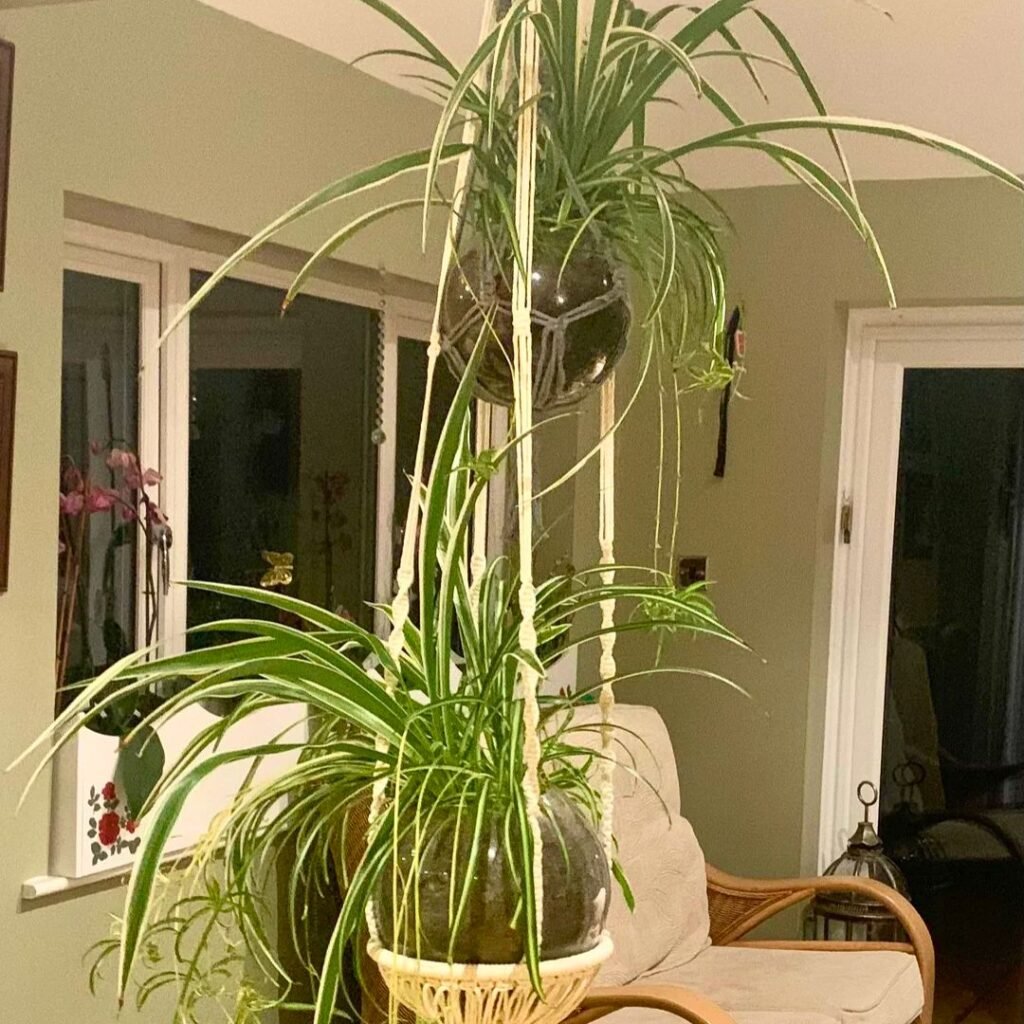
I really like how the Spider Plant looks with fairy lights. Its long, arching leaves make a soft backdrop, so the lights stand out without being too harsh.
The green and white stripes reflect the glow in a gentle, almost magical way. This plant is easy to care for, which is a huge plus when I want something low-maintenance.
It grows well in indirect light, so I don’t stress about putting it right by a window. A little water each week is usually enough.
I also love those baby shoots that dangle from the main plant. When I wrap fairy lights around the pot or place them nearby, the little shoots catch the light and look almost decorative on their own.
Because it’s so adaptable, I can put my Spider Plant on a shelf, a desk, or in a hanging basket. The lights always add that cozy touch.
Pairing this plant with fairy lights just makes the space feel inviting, and it doesn’t take much effort.
4) English Ivy (Hedera helix)
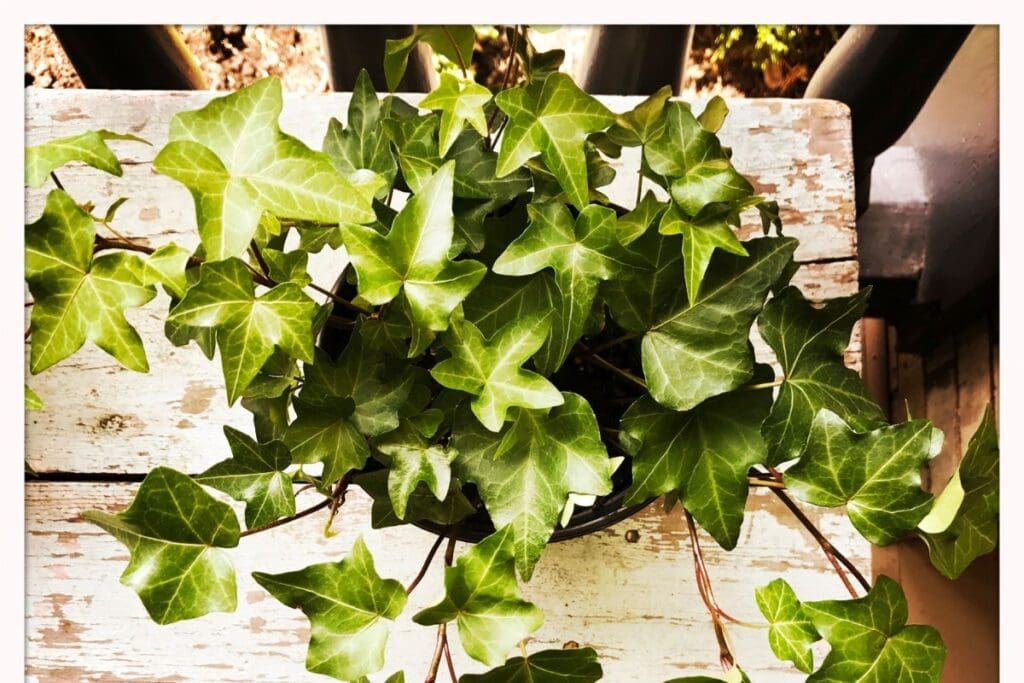
English Ivy is one of those plants that just works with fairy lights. It grows in long, trailing vines, and the classic leaf shape makes any space feel more welcoming.
When I wrap fairy lights around the vines, the glow highlights the greenery but never feels too bright. It’s a soft look that works in small rooms or bigger spaces.
English Ivy is easy to train along shelves, window frames, or in hanging baskets. That makes it simple to put the lights exactly where I want them.
It likes bright, indirect light and soil that’s kept a bit moist. I water mine when the top of the soil feels dry.
It grows quickly, so I trim it often to keep the vines neat. That also helps the fairy lights stay visible instead of getting buried.
Pairing English Ivy with warm-toned lights just makes everything feel calm and a little magical.
5) Boston Fern (Nephrolepis exaltata)

The Boston Fern is like a soft, green cloud. Its long, feathery fronds make any space feel fresh and calming.
When I add fairy lights, the glow highlights the leaves and gives off this gentle, cozy vibe. Boston Ferns do best in bright, indirect light.
I keep mine near a window with sheer curtains so it gets enough light without burning the fronds. The lights are fine as long as they don’t get too hot.
This plant loves high humidity, so I mist it often or set it near a humidifier. The lights make the leaves look even more vibrant when they’re healthy and well-hydrated.
I try to keep the soil evenly moist, since dry soil can make the fronds go brown. Pairing it with fairy lights actually encourages me to check on it more often.
The delicate fronds catch the glow, and sometimes it almost looks like the whole plant is sparkling. It’s a really pretty effect.
6) ZZ Plant (Zamioculcas zamiifolia)
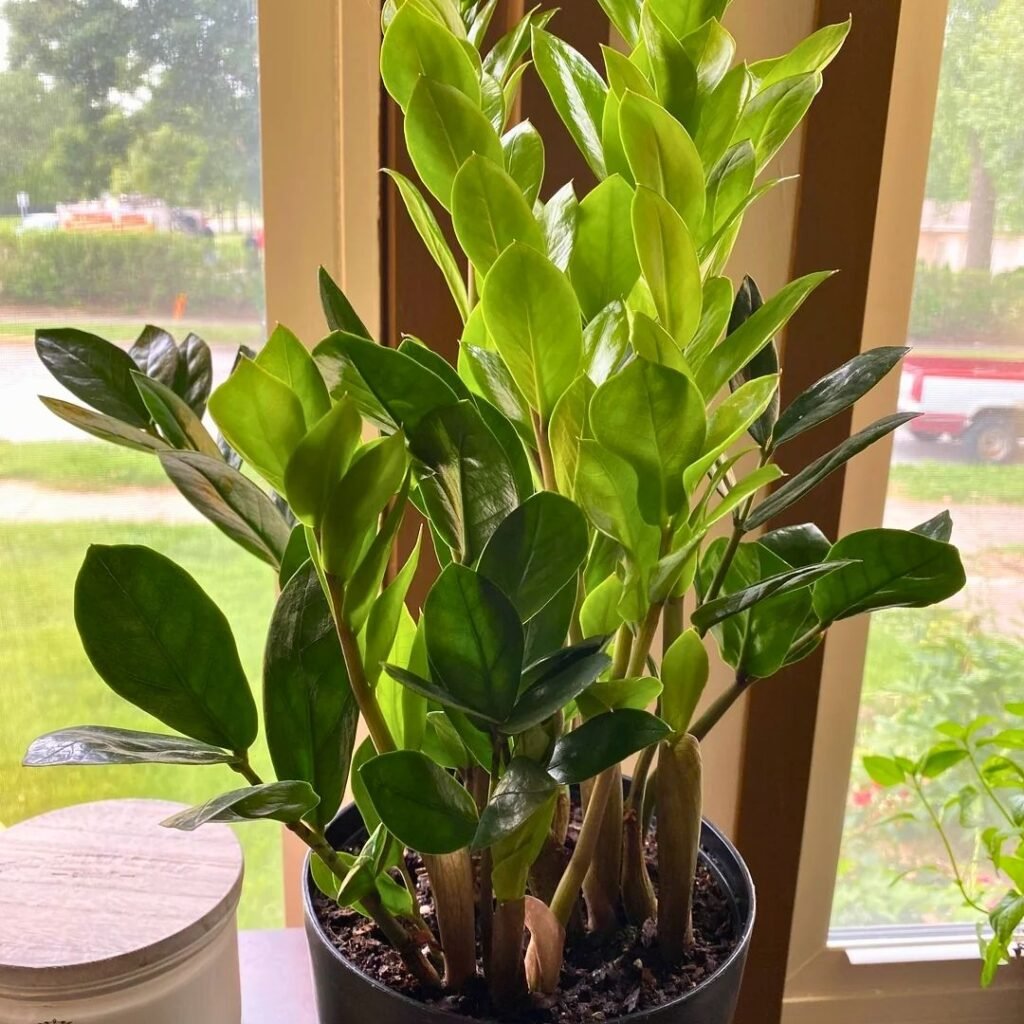
The ZZ Plant is a favorite of mine for fairy lights. Its dark green, glossy leaves reflect the light in a way that’s simple but still eye-catching.
The plant has this clean, upright shape that makes the lights stand out without looking cluttered. The ZZ Plant is very low-maintenance, which is perfect for days when I’m busy or just forgetful.
It tolerates low light and doesn’t need frequent watering. That means I can enjoy the cozy glow without worrying about hurting the plant.
I like to put my ZZ Plant in a corner and wrap fairy lights around the base or tuck them into the pot. The lights highlight the upright stems and create a warm, relaxed look.
Since it grows slowly, I don’t have to fuss with the lights much. It’s honestly one of the easiest plants to pair with lights.
When I want something simple but stylish, I always reach for my ZZ Plant. It brings greenery, needs almost no care, and looks great with fairy lights.
7) Philodendron Brasil

The Philodendron Brasil adds a nice pop of color with its green and yellow leaves. The mix of shades looks even better when I add soft fairy lights.
The glow highlights the leaf patterns without being too much. This plant grows trailing vines, which makes it fun to style.
I can let the vines hang down a shelf or guide them along a wall. When I weave fairy lights through the vines, the plant just comes alive.
The Philodendron Brasil doesn’t need a lot of fuss. I keep it in bright, indirect light and water when the soil feels dry.
It’s forgiving if I forget now and then, so it’s easy to pair with lights without extra stress. The leaves reflect the warm light, making the yellow streaks shine and the green look deeper.
It’s a simple but cozy look that works in any space. I keep the lights loose so the vines can keep growing, and it’s one of the best ways I’ve found to make a corner stand out.
8) Peace Lily (Spathiphyllum)

A Peace Lily with fairy lights is just so calming. The dark green leaves make a rich backdrop, and the white blooms really pop when the lights are glowing nearby.
The whole mix feels peaceful and welcoming. This plant does well in low to medium light, so I don’t have to keep it right by a window.
That makes it easy to style in cozy corners where the lights look best. The Peace Lily is easy to care for—I just water when the soil’s dry and wipe the leaves now and then.
The white flowers look especially lovely at night. When the lights hit them, they almost seem to glow on their own.
I usually place fairy lights around the pot or gently weave them behind the leaves. That way, the lights highlight the plant without taking over.
For me, the Peace Lily is perfect when I want something graceful but low-maintenance. It pairs beautifully with fairy lights and always brings a calm touch to the room.
Creating Magical Ambiance with Fairy Lights and Houseplants
Fairy lights just make plants stand out and add a soft glow to the room. The type of lights, where I put them, and keeping things safe all change the final look.
Choosing the Right Type of Fairy Lights
I always start by picking lights that fit the mood I’m after. Warm white lights feel calm and cozy, while cool white lights are brighter and have a more modern vibe.
If I’m in the mood for something playful, I’ll go with multicolor lights. For indoor plants, I really prefer LED fairy lights since they stay cool and use less energy.
They last longer than old-school bulbs, which is nice for my wallet. I avoid big bulbs because they look heavy next to delicate leaves.
Power source matters too. Plug-in lights work for big setups, but battery-operated lights are easier to move and some have timers, which is super handy.
If I want a little extra charm, I’ll pick lights with copper or silver wire. They blend in with the plants and still look good even when they’re off.
Safety Tips for Decorating with Lights
I never wrap fairy lights too tightly around stems or leaves. That just feels risky—it can mess up the plant or slow its growth.
Instead, I drape the lights loosely so the plant still has room to breathe. It’s a small thing, but it makes a difference.
LED lights are honestly the safest bet since they don’t get hot. This way, there’s no chance of burning or drying out the leaves.
I always double-check that my lights are labeled for indoor use when I’m decorating inside. It’s easy to overlook, but it matters.
If I’m using plug-in lights, I keep cords far from water trays or damp soil. Outlets shouldn’t be overloaded either—better safe than sorry.
For battery lights, I swap out weak batteries quickly so they don’t end up leaking. It’s just not worth the mess.
A quick safety check every few weeks keeps things running smoothly. I peek at the wires, bulbs, and anything that looks a bit worn.
Best Placement Ideas for a Cozy Glow
I try to put fairy lights in places where their glow spreads out nicely. Wrapping them around plant stands or draping them along shelves just makes the whole area feel warmer.
For taller plants, I’ll weave the lights through the branches but steer clear of the main stem. It highlights the natural shape without overdoing it.
I also enjoy putting lights in glass jars or lanterns near smaller plants. There’s something about that soft sparkle that just works.
If I want a chill mood, I’ll hang lights along the window frame so they shine through the plants. At night, it’s especially nice when the room is darker.
To keep things from looking too busy, I don’t cover every plant with lights. Just a few well-placed strands make the space cozy without feeling cluttered.
Caring for Your Houseplants with Decorative Lighting
I try to keep my plants happy by watching how the lights affect them and tweaking my care routine if I need to. Sometimes, even small changes in where I put the lights or how I water can make a big difference.
Preventing Heat Stress and Light Damage
I always check the type of fairy lights I’m using. LED lights stay cooler than the old-school bulbs, so they’re way safer for leaves.
I keep the wires off delicate foliage because, honestly, even a little heat can cause dry spots or burns.
Distance really does matter. I usually keep lights a few inches away from the leaves instead of wrapping them tightly. It gives a soft glow without stressing the plant out.
I like to keep the lights on for about 4–6 hours in the evening. Any longer and the plant’s natural rhythm might get thrown off, or the air could dry out.
If I spot leaves curling, browning, or getting crispy, I move the lights back right away. Usually, that’s all it takes.
Watering Tips When Using Fairy Lights
Lights can dry out soil faster, especially in small pots. So I check the soil with my finger every couple of days.
If the top inch feels dry, I water gently until it drains out the bottom. Simple, but it works.
I’m careful not to splash water on the lights or wires. I always unplug the lights before watering—no sense taking risks.
For plants that like more humidity, I use a small tray of water with pebbles nearby instead of misting. Misting and fairy lights just don’t mix.
I try to keep a routine:
- Check soil moisture often
- Unplug before watering
- Use trays or humidifiers instead of misting
It’s not complicated, and it helps balance plant care with the fun of decorative lighting.
Frequently Asked Questions
I really try to keep plant care simple while making fairy lights safe and stylish. Matching the right lights with the right plants? It’s actually pretty fun.
What are some low-maintenance houseplants that look great with fairy lights?
I’m a fan of Pothos, Spider Plant, and String of Pearls. They’re easy to grow and don’t need much fuss.
These plants look lively on shelves or in hanging baskets, and the lights really make their shapes pop.
Can fairy lights harm my indoor plants, and how can I use them safely?
I steer clear of lights that get hot since they can dry out leaves. LED fairy lights stay cool and safe, so I can use them close to the plants without worrying.
How do I choose the right fairy lights for different types of houseplants?
I go for warm white lights with green plants like Pothos or English Ivy—they look natural and soft. For funky shapes, like String of Pearls, I use micro lights that wrap around the stems without a fuss.
What are creative ways to display fairy lights with my houseplants?
I like weaving lights through hanging vines or draping them around the base of a pot. Sometimes, wrapping lights around a plant stand just makes the whole corner glow in a subtle way.
Which houseplants thrive best in indirect lighting conditions suitable for fairy lights?
I’ve had good luck with Boston Fern, English Ivy, and Spider Plant. They all like bright, indirect light, which works perfectly with fairy lights that don’t add extra heat.
How often should I water my houseplants when they’re decorated with fairy lights?
Honestly, I just stick to my usual watering routine, even after adding the lights.
I make sure to check the soil first—if it feels dry about an inch down, that’s my cue to water.
The fairy lights don’t really affect how much water the plants need, in my experience.
Recommended Garden Supplies
| Product Image | Our Recommended Gardening Supplies | Check Offers! |
|---|---|---|
Top Top
Top
Top
Top
Top
Top
Top
Top | rePotme Houseplant and Tropical Classic Potting Soil Mix | Check Offer On Amazon |
 Top
Top
Top
Top
Top
Top
Top
Top | Espoma Organic Indoor Plant Food | Check Offer On Amazon |
 Top
Top
Top
Top
Top
Top
Top
Top | GooingTop LED Grow Light 6000K Full Spectrum Clip Plant Growing Lamp | Check Offer On Amazon |
 Top
Top
Top
Top
Top
Top
Top
Top | Soil Moisture Meter | Check Offer On Amazon |
 Top
Top
Top
Top
Top
Top
Top
Top | Govee Hygrometer Thermometer, Bluetooth Enabled! | Check Offer On Amazon |
 Top
Top | LEVOIT Humidifiers for Large Room(Best For Plants) | Check Offer On Amazon |
 Top
Top
Top
Top
Top
Top
Top
Top | Upgraded DIY Automatic Drip Irrigation Kit, 15 Potted Houseplants Support | Check Offer On Amazon |
 Top
Top
Top
Top
Top
Top
Top
Top | Stainless Steel Heavy Duty Gardening Tool Set | Check Offer On Amazon |
 Top
Top
Top
Top
Top
Top
Top
Top | Bonide Insecticidal Soap | Check Offer On Amazon |
 Top
Top
Top
Top
Top
Top
Top
Top | Bonide 32 oz Spray Neem Oil for Organic Gardening | Check Offer On Amazon |
 Top
Top
Top
Top
Top
Top
Top
Top | Garden Safe Fungicide | Check Offer On Amazon |
Note: Some images in the articles are sourced from Reddit and Other Platforms For Reference Purpose.

